Photograph by Ing-On Vibulbhan-Watts
Swansea Market,Shopping Center and Bus Station, Swansea, Wales, UK
Swansea Market, Swansea, Wales, UK on Monday, October 9, 2017
“History of Swansea: Industrial Revolution
From the late 17th century to 1801, Swansea’s population grew by 500%—the first official census (in 1841) indicated that, with 6,099 inhabitants, Swansea had become significantly larger than Glamorgan’s county town, Cardiff, and was the second most populous town in Wales behind Merthyr Tydfil (which had a population of 7,705). However, the census understated Swansea’s true size, as much of the built-up area lay outside the contemporary boundaries of the borough; the total population was actually 10,117. Swansea’s population was later overtaken by Merthyr in 1821 and by Cardiff in 1881, although in the latter year Swansea once again surpassed Merthyr.[14] Much of Swansea’s growth was due to migration from within and beyond Wales—in 1881, more than a third of the borough’s population had been born outside Swansea and Glamorgan, and just under a quarter outside Wales.[16]”
For more information please visit the following link:
https://en.wikipedia.org/wiki/Swansea
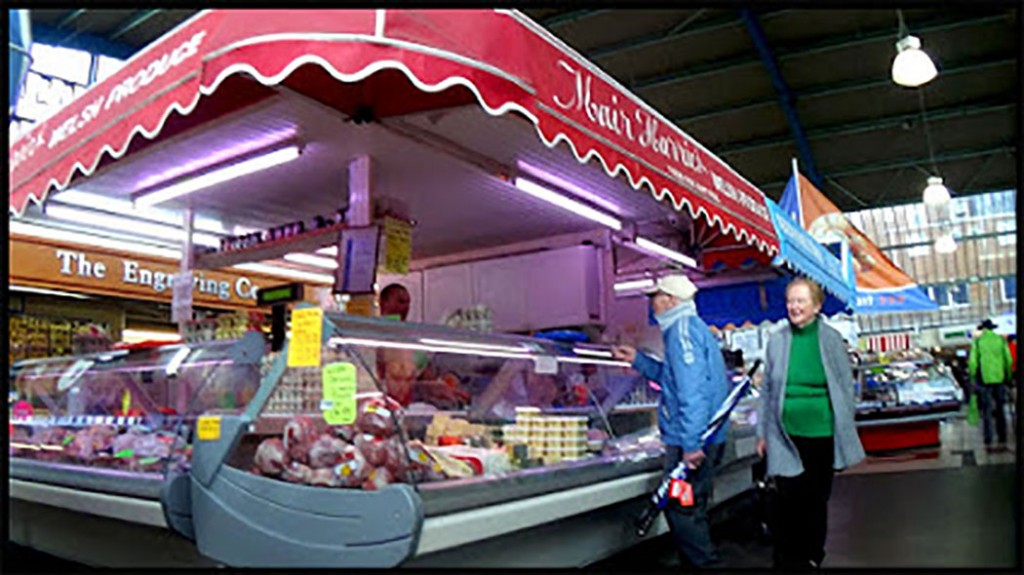 Swansea Market, Swansea, Wales, UK on Monday, October 9, 2017
Swansea Market, Swansea, Wales, UK on Monday, October 9, 2017
“History of Swansea: Industrial Revolution
20th century
Through the 20th century, heavy industries in the town declined, leaving the Lower Swansea Valley filled with derelict works and mounds of waste products from them. The Lower Swansea Valley Scheme (which still continues) reclaimed much of the land. The present Enterprise Zone was the result and, of the many original docks, only those outside the city continue to work as docks; North Dock is now Parc Tawe and South Dock became the Marina.”
Swansea Market, Swansea, Wales, UK on Monday, October 9, 2017
“Swansea:Governance, The Guildhall
Local government
Main article: City and County of Swansea councilIn 1887, Swansea was a township at the mouth of the river Tawe, covering 4,562 acres (1,846 ha) in the county of Glamorgan.[22] There were three major extensions to the boundaries of the borough, first in 1835, when Morriston, St Thomas, Landore, St John-juxta-Swansea, and part of Llansamlet parish were added, and again in 1889 when areas around Cwmbwrlaand Trewyddfa were included, and in 1918 when the borough was enlarged to include the whole of the ancient parish of Swansea, the southern part of Llangyfelach parish, all of Llansamlet parish, Oystermouth Urban District and Brynau parish.[23][24]”
For more information please visit the following link:
https://en.wikipedia.org/wiki/Swansea
Swansea Market, Swansea, Wales, UK on Monday, October 9, 2017
“In 1889, Swansea attained county borough status,[25] and it was granted city status in 1969, which was inherited by the Swansea district when it was formed by the merger of the borough and Gower Rural District in 1974.[26] In 1996, Swansea became one of 22 unitary authorities with the addition of part of the former Lliw Valley Borough. The new authority received the name ‘City and County of Swansea’ (Welsh: Dinas a Sir Abertawe).[27]
Swansea was once a staunch stronghold of the Labour Party which, until 2004, had overall control of the council for 24 years.[28] The Liberal Democrats were the largest group in the administration that took control of Swansea Council in the 2004 local elections until the 2012 council elections saw the council return to Labour control. For 2009/2010, the Lord Mayor of Swansea was Councillor Alan Lloyd, and in 2010/2011 Richard Lewis was the Lord Mayor. The Lord Mayor changes in May each year.”
“History of Swansea: Industrial Revolution
High Street in 1915
In the Second World War, its industrial importance made Swansea the target of German bombing, and much of the town centre was destroyed during the Swansea Blitz on the 19, 20 and 21 February 1941 (the ‘Three Nights Blitz'[17]).
In 1969, Swansea was granted city status,[18] to mark Prince Charles’s investiture as the Prince of Wales. The announcement was made by the prince on 3 July 1969, during a tour of Wales.[19] It obtained the further right to have a lord mayor in 1982.[20]
Within the city centre are the ruins of the castle, the Marina, the Glynn Vivian Art Gallery, Swansea Museum, the Dylan Thomas Centre, the Environment Centre, and the Market, which is the largest covered market in Wales.[21] It backs onto the Quadrant Shopping Centre which opened in 1978 and the adjoining St David’s Centre opened in 1982. Other notable modern buildings are the BT Tower (formerly the GPO tower) built around 1970, Alexandra House opened in 1976, County Hall opened in July 1982. Swansea Leisure Centre opened in 1977; it has undergone extensive refurbishment which retained elements of the original structure and re-opened in March 2008.”
Swansea Market, Swansea, Wales, UK on Monday, October 9, 2017
“Swansea (/?sw?nzi/ SWON-zee; Welsh: Abertawe [ab?r?taw?]), officially known as the City and County of Swansea(Dinas a Sir Abertawe), is a coastal city and county in Wales. It is the second largest city in Wales after Cardiff, and the twenty-fifth largest city in the United Kingdom.[1] Swansea lies within the historic county boundaries of Glamorgan and the ancient Welsh commote of G?yr.[2] Situated on the sandy South West Wales coast, the county area includes the Gower Peninsula and the Lliw uplands. According to its local council, the City and County of Swansea had a population of 241,300 in 2014. The last official census stated that the city, metropolitan and urban areas combined concluded to be a total of 462,000 in 2011,[3] making it the second most populous local authority area in Wales after Cardiff. During its 19th-century industrial heyday, Swansea was a key centre of the copper industry,[4] earning the nickname ‘Copperopolis’.[5”
Swansea Market, Swansea, Wales, UK on Monday, October 9, 2017
“History of Swansea: Archaeological finds are mostly confined to the Gower Peninsula, and include items from the Stone Age, Bronze Age, and Iron Age. The Romans reached the area, as did the Norsemen.
Swansea is thought to have developed as a Viking trading post. Its Englishname may be derived from Sveinn’s island (Old Norse: Sveinsey) – the reference to an island may refer to a bank at the mouth of the river Tawe, or an area of raised ground in marshes.[6] An alternative explanation is that the name derives from the Norse name ‘Sweyn’ and ‘ey’, which can mean inlet.[7] This explanation supports the tradition that the city was founded by the Danish king Sweyn Forkbeard.[8][9] The name is pronounced Swans-y /?sw?nzi/), not Swan-sea.[10]”
Swansea Market, Swansea, Wales, UK on Monday, October 9, 2017
“History of Swansea: Abertawe, its Welsh name, meaning Mouth of the Tawe,[11] first appears as Aper Tyui c. 1150 [see Place-Names in Glamorgan, Gwynedd O. Pierce, p 182.]
The earliest known form of the modern name is Sweynesse, which was used in the first charter granted sometime between 1158 and 1184 by William de Newburgh, 3rd Earl of Warwick. The charter gave Swansea the status of a borough, granting the townsmen, called burgesses certain rights to develop the area. A second charter was granted in 1215 by King John. In this charter, the name appears as Sweyneshe. The town seal which is believed to date from this period names the town as Sweyse.[12][13]
Following the Norman Conquest, a marcher lordship was created under the title of Gower. It included land around Swansea Bay as far as the River Tawe, the manor of Kilvey beyond the Tawe, and the peninsula itself. Swansea was designated chief town of the lordship and received a borough charter some time between 1158 and 1184 (and a more elaborate one in 1304).[14]”
Swansea Market, Swansea, Wales, UK on Monday, October 9, 2017
Photograph by Ing-On Vibulbhan-Watts
“History of Swansea: Industrial Revolution
The port of Swansea initially traded in wine, hides, wool, cloth and later in coal.[14] At the beginning of the Industrial Revolution, the combination of port, local coal, and trading links with the West Country, Cornwall and Devon, meant that Swansea was the logical place to site copper smelting works. Smelters were operating by 1720 and proliferated. Following this, more coal mines(everywhere from north-east Gower to Clyne and Llangyfelach) were opened and smelters (mostly along the Tawe valley) were opened and flourished. Over the next century and a half, works were established to process arsenic, zinc and tin and to create tinplate and pottery. The city expanded rapidly in the 18th and 19th centuries, and was termed “Copperopolis”.[14]
The Swansea smelters became so adept at recovering gold and silver from complex ores that in the 1800s they received ore concentrates from the United States, for example from Arizona in the 1850s, and Colorado in the 1860s.[15]”
Swansea Market, Swansea, Wales, UK on Monday, October 9, 2017
“Swansea: Culture
Brangwyn Hall main entrance, The Royal Institution of South Wales was founded in 1835 as the Swansea Literary and Philosophical Society.
Performing arts[edit]
The Grand Theatre in the centre of the city is a Victorian theatre which celebrated its centenary in 1997 and which has a capacity of a little over a thousand people. It was opened by the celebrated opera singer Adelina Patti and was refurbished from 1983 to 1987. The annual programme ranges from pantomime and drama to opera and ballet. Fluellen Theatre Company is a professional theatre company based in Swansea who perform at the Grand Theatre and the Dylan Thomas Centre. The Taliesin building on the university campus has a theatre, opened in 1984. Other theatres include the Dylan Thomas Theatre (formerly the Little Theatre) near the marina, and one in Penyrheol Leisure Centre near Gorseinon. In the summer, outdoor Shakespeare performances are a regular feature at Oystermouth Castle, and Singleton Park is the venue for a number of parties and concerts, from dance music to outdoor Proms. A folk festival is held on Gower.[48] Standing near Victoria Park on the coast road is the Patti Pavilion; this was the Winter Garden from Adelina Patti’s Craig-y-Nos estate in the upper Swansea valley, which she donated to the town in 1918. It is used as a venue for music shows and fairs. The Brangwyn Hall is a multi-use venue with events such as the graduation ceremonies for Swansea University. Every autumn, Swansea hosts a Festival of Music and the Arts, when international orchestras and soloists visit the Brangwyn Hall. The Brangwyn Hall is praised for its acoustics for recitals, orchestral pieces and chamber music alike.[49]
Red fountain water during the celebration of St David’s Day in Swansea
Swansea is also home to the Palace Theatre. Located at 156 High Street, it is recognisable for its distinctive wedge shape. Originally built in 1888 as a traditional music hall, the building’s original name was the ‘Pavilion’. During its lifetime, the building has been used as a bingo hall as well as a nightclub.”
For more information please visit the following link:
https://en.wikipedia.org/wiki/Swansea
Swansea Market, Swansea, Wales, UK on Monday, October 9, 2017
“Festivals[edit]
Swansea hosted the National Eisteddfod in 1863, 1891, 1907, 1926, 1964, 1982 and 2006. The 2006 event occupied the site of the former Felindre tinplate works to the north of the city and featured a strikingly pink main tent. In 2009 Swansea Council launched Wales’s only week long St David’s Week festival in venues throughout the city. The Beginning and Do Not Go Gentle are Festivals in the Uplands area of the city where Dylan Thomas was born and lived for 23 years.”
Artist who produced artwork in his shop
“Cats Leave Pawprints on your heart”
Swansea Market, Swansea, Wales, UK on Monday, October 9, 2017
“Welsh language: There are many Welsh language chapels and churches in the area. Welsh-medium education is a popular and growing choice for both English and Welsh-speaking parents. 45% of the rural council ward Mawr are able to speak Welsh, as can 38% of the ward of Pontarddulais. Clydach, Kingsbridge and Upper Loughor all have levels of more than 20%. By contrast, the urban St. Thomas has one of the lowest figures in Wales, at 6.4%, a figure only barely lower than Penderry and Townhill wards.[50]””
For more information please visit the following link:
https://en.wikipedia.org/wiki/Swansea
Artist who produced artwork in his shop
“Cats Leave Pawprints on your heart”
Swansea Market, Swansea, Wales, UK on Monday, October 9, 2017
“Swansea: Food
Local produce includes cockles and laverbread which are sourced from the Loughor estuary. Local Gower salt marsh lamb is produced from sheep which are raised in the salt marshes of the Loughor estuary.[51]”
For more information please visit the following link:
https://en.wikipedia.org/wiki/Swansea
Swansea Shopping Center, Swansea, Wales, UK on Monday, October 9, 2017
“Swansea: The geology of the Gower Peninsula ranges from Carboniferous Limestone cliffs along its southern edge from Mumbles to Worm’s Head and the salt-marshes and dune systems of the Loughor estuary to the north. The eastern, southern and western coasts of the peninsula are lined with numerous sandy beaches both wide and small, separated by steep cliffs. The South Wales Coalfield reaches the coast in the Swansea area. This had a great bearing on the development of the city of Swansea and other nearby towns such as Morriston. The inland area is covered by large swathes of grassland common overlooked by sandstone heath ridges including the prominent Cefn Bryn. The traditional agricultural landscape consists in a patchwork of fields characterised by walls, stone-faced banks and hedgerows. Valleys cut through the peninsula and contain rich deciduous woodland.[35]
Much of the local authority’s area is hilly with the main area of upland being located in the council ward of Mawr. Areas of high land up to 185 metres (607 ft) range across the central section and form the hills of Kilvey, Townhill and Llwynmawr, separating the centre of Swansea from its northern suburbs. Cefn Bryn, a ridge of high land, forms the backbone of the Gower Peninsula. Rhossili Down, Hardings Down and Llanmadoc Hill form land features up to 193 metres (633 ft) high. The highest point is located at Penlle’r Castell at 374 metres (1,227 ft) on the northern border with Carmarthenshire.[34]”
For more information please visit the following link:
https://en.wikipedia.org/wiki/Swansea
Swansea Shopping Center, Swansea, Wales, UK on Monday, October 9, 2017
“Swansea: Mumbles Pier, situated around four miles outside the city centre.
About three quarters of Swansea is bordered by the sea—the Loughor Estuary, Swansea Bay and the Bristol Channel. The two largest rivers in the region are the Tawe which passes the city centre and the Loughor which flows on the northern border with Carmarthenshire.[34]
In the local authority area, the geology is complex, providing diverse scenery. The Gower Peninsula was the first area in the United Kingdom to be designated as an Area of Outstanding Natural Beauty (AONB). Excluding the urbanised area in the south-eastern corner, the whole of the Gower Peninsula is part of an AONB.[35] Swansea has numerous urban and country parklands.[36] The region has featured regularly in the Wales in Bloom awards.[37]”
Swansea Shopping Center, Swansea, Wales, UK on Monday, October 9, 2017
“Three Cliffs Bay
Swansea can be roughly divided into four physical areas. To the north are the Lliw uplands which are mainly open moorland, reaching the foothills of the Black Mountain. To the west is the Gower Peninsula with its rural landscape dotted with small villages. To the east is the coastal strip around Swansea Bay. Cutting though the middle from the south-east to the north-west is the urban and suburban zone stretching from the Swansea city centre to the towns of Gorseinon and Pontarddulais.[34]
The most populated areas of Swansea are Morriston, Sketty and the city centre. The chief urbanised area radiates from the city centre towards the north, south and west; along the coast of Swansea Bay to Mumbles; up the Swansea Valley past Landoreand Morriston to Clydach; over Townhill to Cwmbwrla, Penlan, Treboeth and Fforestfach; through Uplands, Sketty, Killay to Dunvant; and east of the river from St. Thomas to Bonymaen, Llansamlet and Birchgrove. A second urbanised area is focused on a triangle defined by Gowerton, Gorseinon and Loughor along with the satellite communities of Penllergaer and Pontarddulais.[34]””
For more information please visit the following link:
https://en.wikipedia.org/wiki/Swansea
Swansea Market, Oxford Street, Swansea, Wales, UK on Monday, October 9, 2017
“Swansea: Religion
The city is home to 10% of the total Welsh Muslim population;[68] Swansea’s Muslim community is raising money to open a new central mosque and community centre in the former St. Andrew’s United Reformed Church. This would replace the existing central Mosque on St Helens Road and be in addition to the other three existing mosques (Swansea University Mosque, Hafod Mosque, Imam Khoei Mosque).[69]
Swansea is represented in Buddhism with the Dharmavajra Kadampa Buddhist Centre, Pulpung Changchub Dargyeling (Kagyu Tradition) and a branch of the international Dzogchen Community (Nyingma Tradition). Swansea Synagogue and Jehovah’s Witness Kingdom Hall are both located in the Uplands area.”
For more information please visit the following link:
https://en.wikipedia.org/wiki/Swansea
Swansea Market, Oxford Street, Swansea, Wales, UK on Monday, October 9, 2017
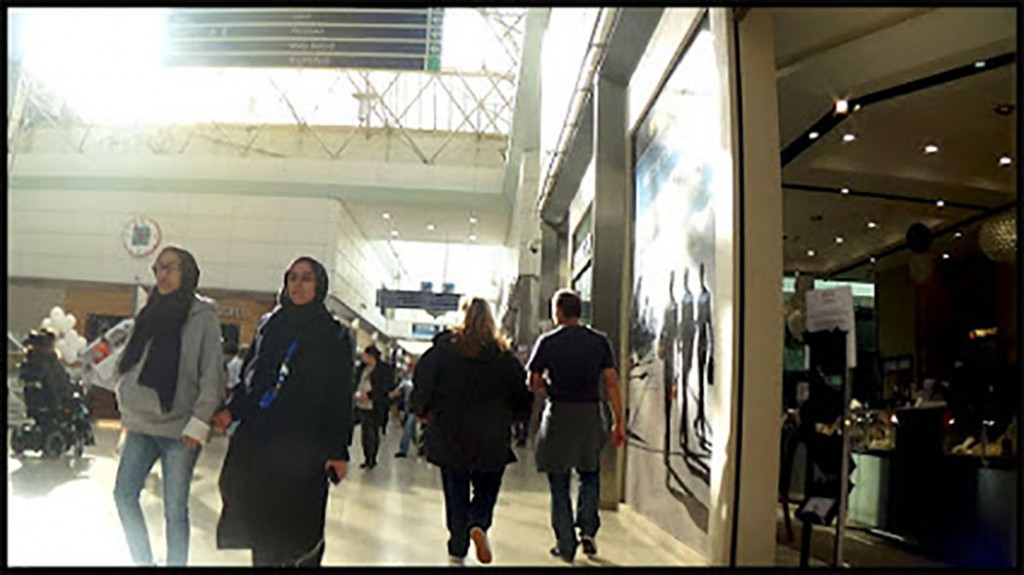 Swansea Shopping Center, Oxford, Swansea, Wales, UK on Monday, October 9, 2017
Swansea Shopping Center, Oxford, Swansea, Wales, UK on Monday, October 9, 2017
“Swansea: Notable people
See also Category:People from Swansea and List of people from Swansea.
People from Swansea are known locally as Swansea Jacks, or just Jacks. The source of this nickname is not clear. Some attribute it to Swansea Jack, the life-saving dog.[57][58]
Throughout the 19th century, the Vivian family did much to develop Swansea into a city. Their wealth and influence came from large copper mining, smelting and trading businesses in Swansea (Vivian & Sons), and is still visible today in their former family residences: Singleton Abbey (now used by Swansea University), Sketty Hall, Clyne Castle and Clyne Gardens. Henry Vivianbecame the first Lord Swansea in 1893.
Swansea’s most famous daughter is Hollywood actress Catherine Zeta-Jones who still owns a home in Mumbles. Swansea is also the home town of 2013 ITU Triathlon World Champion Non Stanford.[59] The thriller writer, Mark Ellis was educated in Swansea.”
For more information please visit the following link:
https://en.wikipedia.org/wiki/Swansea
Swansea Shopping Center, Swansea, Wales, UK on Monday, October 9, 2017
“Swansea: Geography
Boundaries[edit]
The “City and County of Swansea” local authority area is bordered by unitary authorities of Carmarthenshire to the north, and Neath Port Talbot to the east. Swansea is bounded by Swansea Bay and the Bristol Channel to the south. The Urban Subdivision of Swansea covers all urbanised areas within the city boundary, with a population of 179,485, it is considerably smaller than the unitary authority.
Physical description[edit]
See also: List of places in Swansea
The local government area is 378 square kilometres (146 sq mi) in size, about 2% of the area of Wales. It includes a large amount of open countryside and a central urban and suburban belt.[34]”
For more information please visit the following link:
https://en.wikipedia.org/wiki/Swansea
Swansea Shopping Center, Swansea, Wales, UK on Monday, October 9, 2017
“Welsh politics[edit]
The National Assembly constituencies are:
• Gower, current AM is Rebecca Evans, Labour since 2016
• Swansea East, current AM is Mike Hedges, Labour since 2011
• Swansea West, current AM is Julie James, Labour since 2011
The city is also part of the South Wales West regional constituency and is served by Suzy Davies AM (Conservative), Bethan Jenkins AM (Plaid Cymru), Caroline Jones AM (UKIP) and Dai Lloyd AM (Plaid Cymru).
UK politics]
Lock bridge over the river Tawe
The UK parliamentary constituencies in Swansea are:
• Gower, current MP is Antonia Antoniazzi, Labour since 2017
• Swansea East, current MP is, Carolyn Harris, Labour since 2015
• Swansea West, current MP is Geraint Davies, Labour since 2010
Twinning
See also: List of twin towns and sister cities in the United Kingdom
Swansea is twinned with:[29]
• Cork, County Cork, Munster, Ireland[30]
• Mannheim, Baden-Württemberg, Germany;[31]
• Pau, Pyrénées-Atlantiques, Nouvelle-Aquitaine, France
• Bydgoszcz, Kuyavian-Pomeranian Voivodeship, Poland.[32]
It also has a friendship link with Nantong, China.[33]”
For more information please visit the following link:
https://en.wikipedia.org/wiki/Swansea
Swansea Shopping Center, Oxford, Swansea, Wales, UK on Monday, October 9, 2017
“Swansea is also the home to Swansea Rugby Football Club (Swansea RFC), a founder member of the Welsh Rugby Union and one of the most important teams in the early history of Welsh rugby union. Playing out of St Helens Rugby and Cricket Ground the club not only produced several of the greatest Welsh rugby superstars, including Billy Bancroft and Billy Trew, they also hosted national touring sides from Australia, South Africa and New Zealand. Known as the ‘All Whites’, Swansea kept a constant supply of players that filled the Welsh ranks in the early history of the game. In 1935 Swansea became the first club side to beat the All Blacks.”
For more information please visit the following link:
https://en.wikipedia.org/wiki/Swansea
Swansea Shopping Center, Oxford, Swansea, Wales, UK on Monday, October 9, 2017
“In 2003, Swansea RFC merged with Neath RFC to form the Ospreys. Swansea RFC remained at St Helen’s in semi-professional form, but the Ospreys moved into the Liberty Stadium in Landore for the start of the 2005–2006 season. Neath-Swansea rugby games used to be hotly contested matches, such that there was some debate about whether a team incorporating both areas was possible. The team came fifth in the Celtic League in their first year of existence and topped that league in their second year. By 2012 they had won the league a record four times.”
For more information please visit the following link:
https://en.wikipedia.org/wiki/Swansea
Swansea Shopping Center, Oxford, Swansea, Wales, UK on Monday, October 9, 2017
“St Helens Rugby and Cricket Ground is the home of Swansea RFC and Glamorgan County Cricket Club have previously played matches there.[61] In this ground, Sir Garfield Sobers hit six sixes in one over; the first time this was achieved in a game of first-class cricket. The final ball landed on the ground past the Cricketers’ pub just outside the ground.[62] It is also the home of the tallest floodlight stand in Europe.[63]
Swansea’s rugby league side plays 13 miles (21 km) from Swansea in the small town of Ystalyfera. They are known as the Swansea Valley Miners but were formed as the Swansea Bulls in 2002.
The Swansea Bowls Stadium opened in early 2008. The stadium hosted the World Indoor Singles and Mixed Pairs Championship in April 2008 and the Gravelles Welsh International Open Bowls Championships in 2009.”
For more information please visit the following link:
https://en.wikipedia.org/wiki/Swansea
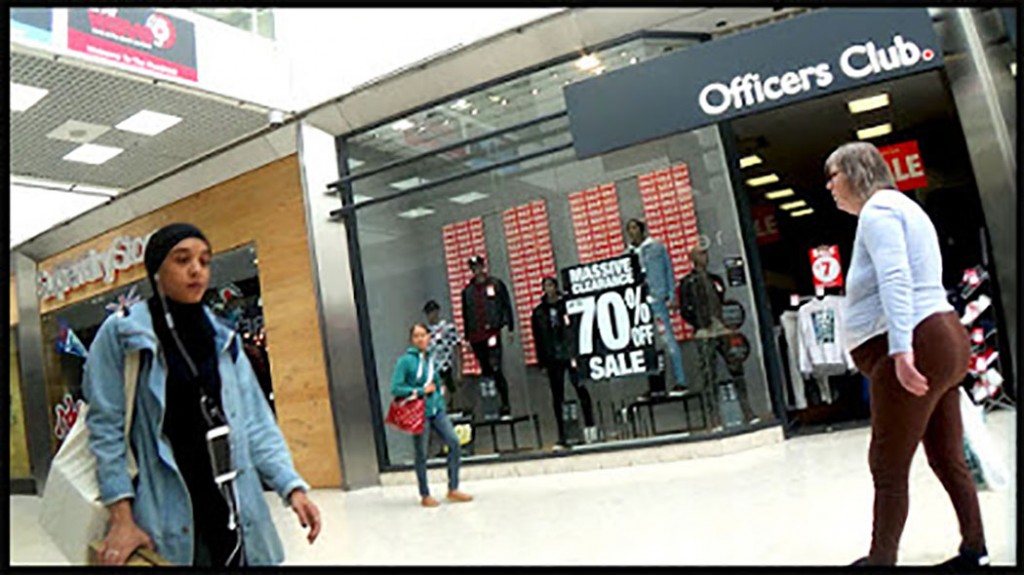
Swansea Shopping Center, Oxford, Swansea, Wales, UK on Monday, October 9, 2017
Photograph by Ing-On Vibulbhan-Watts
“Swansea: Notable people
On the literary stage, the poet Dylan Thomas is perhaps the best-known. He was born in the town and grew up at 5 Cwmdonkin Drive, Uplands where he lived for 23 years and produced two thirds of his published work from his tiny bedroom which has been faithfully recreated as it may have been in 1934 and is open for house tours, events, Edwardian dinner parties and overnight stays. There is a memorial to him in the nearby Cwmdonkin Park; his take on Swansea was that it was an “ugly lovely town”. In the 1930s Thomas was a member of a group of local artists, writers and musicians known as The Kardomah Gang, as they frequently met in the Kardomah Café which was in Castle Street, Swansea until bombed during the second World War.[60]”
For more information please visit the following link:
https://en.wikipedia.org/wiki/Swansea
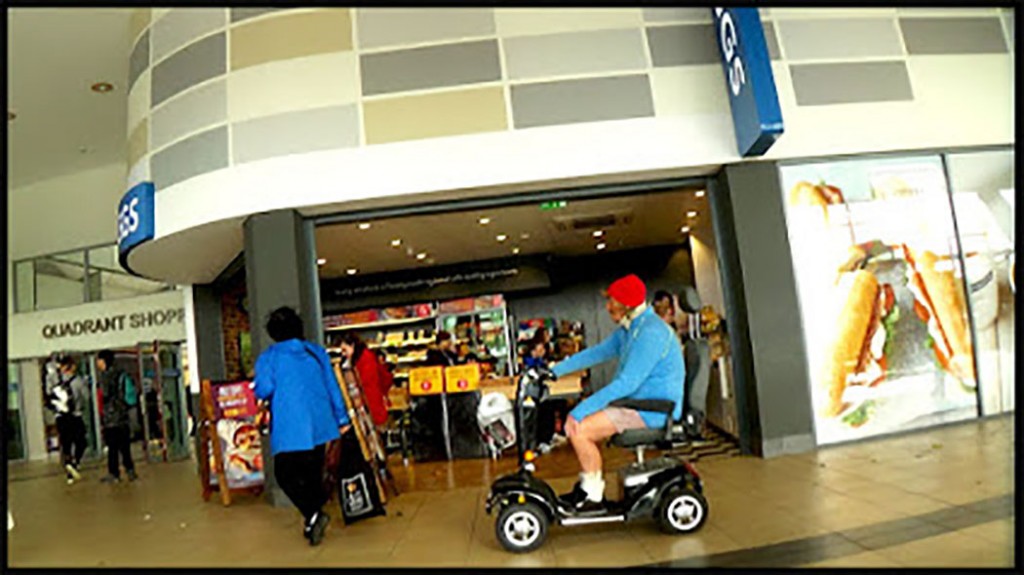 Swansea Shopping Center, Oxford, Wales, UK on Monday, October 9, 2017
Swansea Shopping Center, Oxford, Wales, UK on Monday, October 9, 2017
“Swansea: Beaches
Oxwich Bay on the Gower Peninsula was named the most beautiful beach in Britain by travel writers who visited more than 1,000 beaches around the world in search of the perfect sands (2007). The Travel Magazine praised Oxwich for “magnificent and unspoilt” scenery and as a “great place for adults and children to explore”.[128] It has over three miles (5 km) of soft, golden sands, making it the ideal family getaway. The Guardian named it one of Britain’s blue-riband top 10 category beaches (2007).[129] The Independent newspaper hailed Rhossili Bay as “the British supermodel of beaches” (2006) and the best beach in Britain for breathtaking cliffs (2007),[130] whilst The Sunday Times listed it as one of the 25 best beaches in the world (2006).[131] Thanks to its clear air and lovely golden sand, this romantic stretch of sand was voted the best place in the UK to watch the sun set (Country Living magazine 2005)[131] and one of the top romantic spots in the country (The Guardian2007).[132]
Llangennith Beach, with its soft sands, consistent beach break and great facilities, was listed as the best place to learn how to surf in Britain by The Observer (2006)[133] and one of the 10 ‘classic surfing beaches by The Guardian (2007).[134] Gower also claims Britain’s Best Beach, Three Cliffs Bay. The Gower landmark topped the BBC Holiday Hit Squad nationwide competition (2006)[135] and was voted Britain’s best camping beach by The Independent thanks to its superb setting and quiet location (2007).[136] Three Cliffs Bay also made the final of the ITV series Britain’s Favourite View – the only nomination in Wales and backed by singer Katherine Jenkins.[137] Nearby Brandy Cove came sixth in an online poll to find the UK’s top beach for the baby boomer generation (2006).[138] Beaches which won 2006 Blue Flag Beach Awards are: Bracelet Bay, Caswell Bay, Langland Bay, Port Eynon Bay and Swansea Marina (one of the few Blue Flag Marinas in Wales). All of these beaches also won a Seaside Award 2006. Limesladewas awarded the Rural Seaside Award and the Green Coast Award. Other Green Coast Awards went to Pwll Du, Rhossili Bay and Tor Bay.”
Swansea Shopping Center, Oxford, Swansea, Wales, UK on Monday, October 9, 2017
“Swansea:Plans
Swansea City Centre is undergoing a £1 billion transformation scheme.[70] A large area of the city is earmarked for redevelopment. A new city-centre retail precinct is planned involving demolition of the dilapidated St. David’s Shopping Centrewhich has three or four traders, about 13% of the retail space in the centre and the Quadrant Shopping Centre. Including relocation of the Tesco Superstore near to the city’s Sainsbury’s store in Parc Tawe, the new retail precinct will be almost four times the size of the Quadrant Centre. The city centre is also being brightened up with street art and new walkways, along with the first phase of the David Evans – Castle Street development. New green spaces will be provided in conjunction with the proposed Quadrant Square and Grand Theatre Square. Redevelopment of the Oxford Street car park and Lower Oxford Street arcades are also planned.[71]
At the sea front, The Tower, Meridian Quay is now Wales’s tallest building at a height of 107 metres (351 ft) with a restaurant on the top (29th) floor. It was under construction adjacent Swansea Marina until 2010.[72]”
For more information please visit the following link:
https://en.wikipedia.org/wiki/Swansea
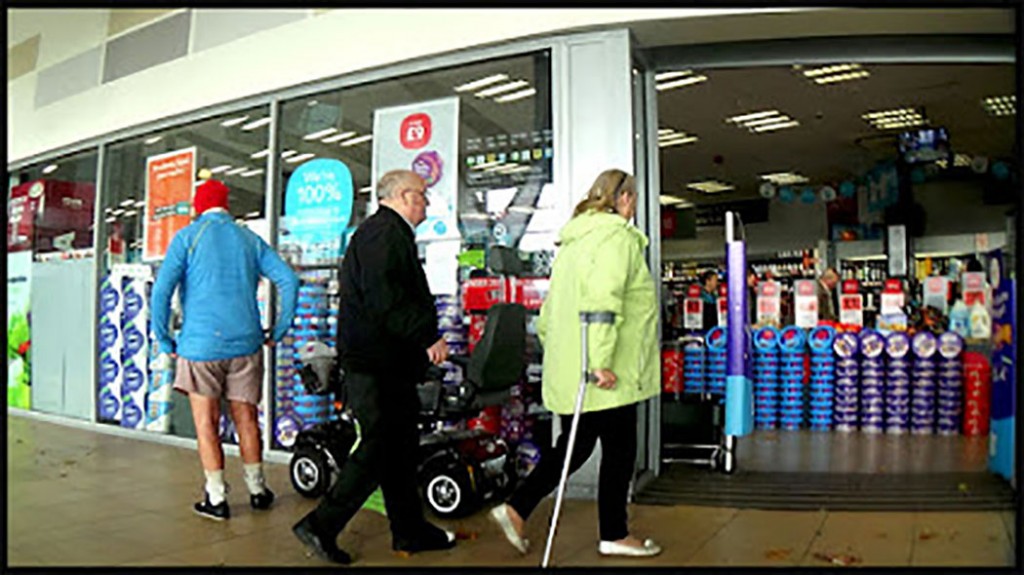 Swansea Shopping Center, Oxford, Swansea, Wales, UK on Monday, October 9, 2017
Swansea Shopping Center, Oxford, Swansea, Wales, UK on Monday, October 9, 2017
“Sport
Further information: Swansea City A.F.C., Swansea RFC, and Ospreys
The Liberty Stadium.
Swansea City A.F.C. (founded 1912) is the city’s main football association team. Originally playing at the Vetch Field, they moved to the Liberty Stadium at the start of the 2005–2006 season, winning promotion to League One in their final year at their old stadium. The team presently play in the Premier League, after being promoted during the 2010/11 season. The Football Association of Wales had decided that for the Euro 2012 qualifying campaign, Wales would play all of their home ties at either the Cardiff City Stadium or the Liberty Stadium.
Swansea has three association football clubs that play in the Welsh Football League: Garden Village, South Gower and West End.”
For more information please visit the following link:
https://en.wikipedia.org/wiki/Swansea
Swansea Bus Station, Swansea, Wales, UK on Monday, October 9, 2017
Railways
Swansea railway station has trains mostly run by Arriva Trains Wales a Deutsche Bahn Company, on the West Wales Line to Llanelli, Carmarthen, and branches to, (a) Tenby and Pembroke Dock, (b) Haverfordwest and Milford Haven and (c) Fishguard Harbour with connecting Stena Line ferries to Rosslare Europort and Iarnród Éireann trains via Wexford to Dublin Connolly.
To the north along the Heart of Wales Line via Llanelli, and onwards via Llandovery, Llandrindod and Craven Arms to Shrewsbury.
Along the South Wales Main Line to Neath and stations to Cardiff Central (for connections to other parts of the United Kingdom), Newport, Reading and London Paddington to the east. Mostly run by Great Western Railway (train operating company).
There are also suburban stations in Gowerton, Llansamlet and in Pontarddulais which are served by Arriva Trains Wales.
Transport]
See also: Transport in Wales
Roads
For more information please visit the following link:
https://en.wikipedia.org/wiki/Swansea
Swansea Bus Station, Swansea, Wales, UK on Monday, October 9, 2017
Buses
Bus routes within Swansea are operated predominantly by First Cymru, while smaller bus and coach operators such as NAT Group, South Wales Transport, Lewis Coaches, First Call Travel and DANSA also operate some routes in the city, most of which serving Swansea bus station. First operates the Swansea Metro, a road-based FTR bus rapid transit route, introduced between Morriston Hospital and Singleton Hospital in 2009,[91] and a shuttle bus (Service X10) to Cardiff Central bus station calling at Bridgend Designer Outlet. In late 2015 the fleet of Wright StreetCar articulated buses that served the Swansea Metro route were removed from service and replaced with standard non-articulated Wright StreetLite vehicles.
Veolia used to operate the rural services around the Gower Peninsula and the Lliw Valley branded Gower Explorer and Lliw Link respectively. Since Veolia’s withdrawal from Swansea, these services were operated by First Cymru for several years, and are now operated by NAT Group.
For more information please visit the following link:
https://en.wikipedia.org/wiki/Swansea
Peace Will Come Alive
Poem and Photograph by Ing-On Vibulbhan-Watts
Such a delicate!!!
A soft light pink flower stands alone
Contrasting with surrounding dark green leaves
To accent the beauty of nature
Please stop a minute
Relax your mind
From all human problems
Look at me and smile
Think pretty!
With soft wind
That cools your mind
Think pretty
With sunshine on your face
Let the world go by
A minute relax with me
Peace will come alive!
Ing-On Vibulbhan-Watts, Tuesday, October 24, 2017, 4:24 am
Pink flower from our backyard garden
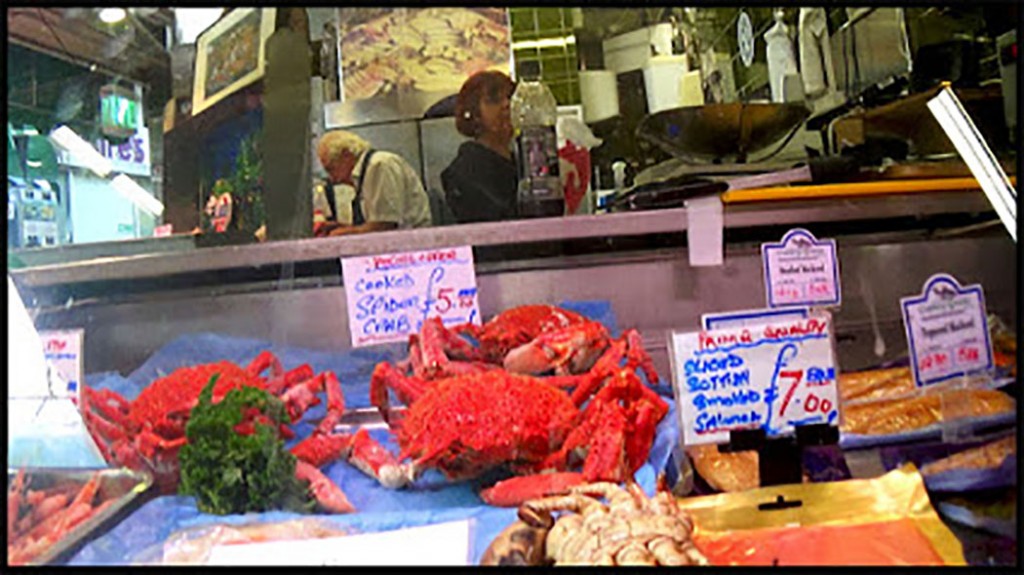

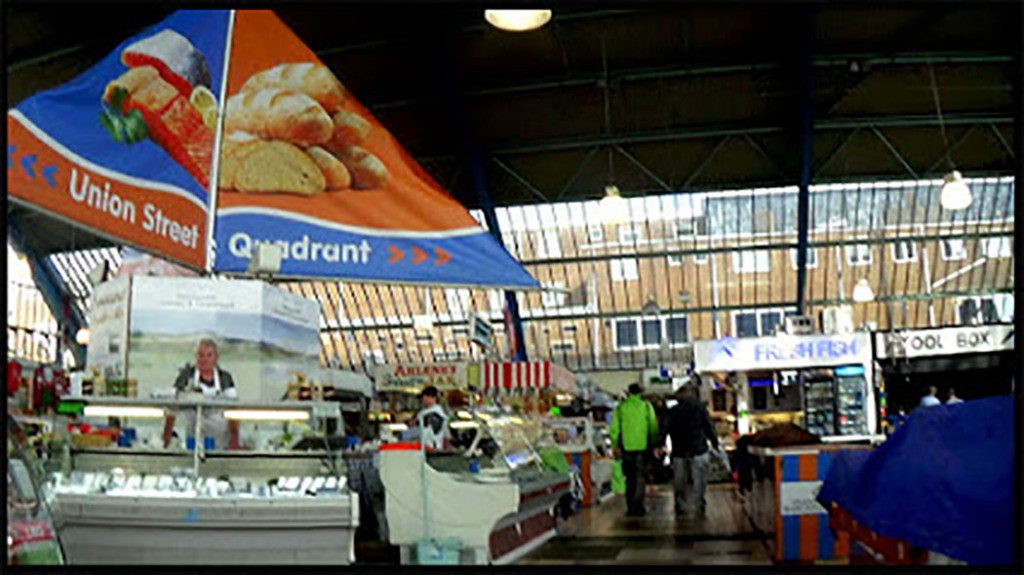
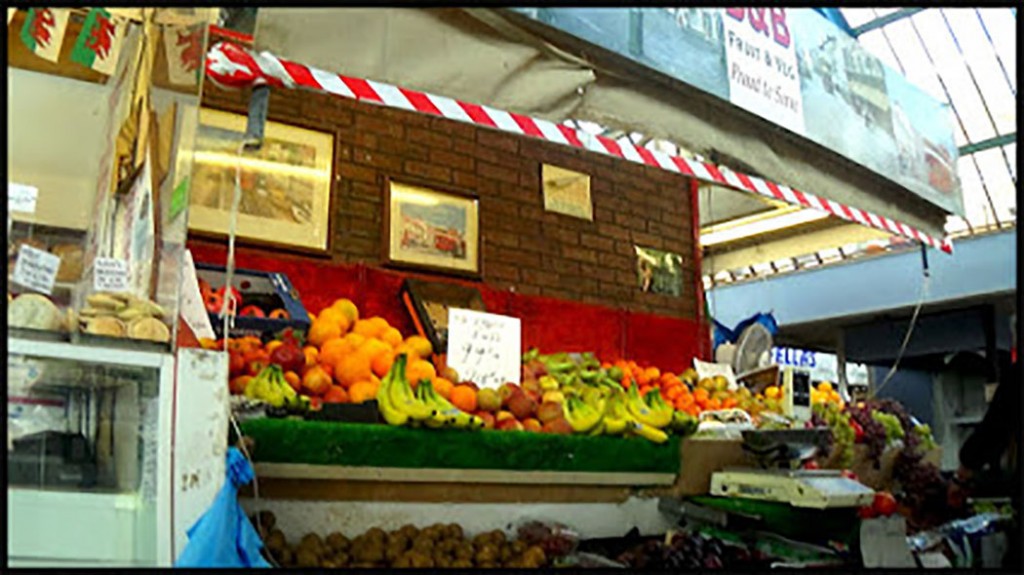
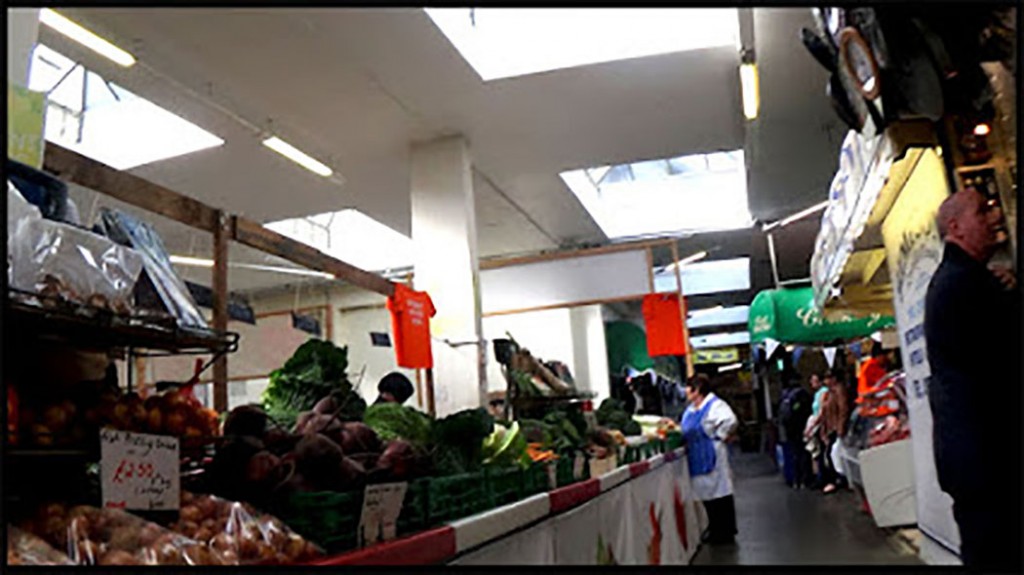
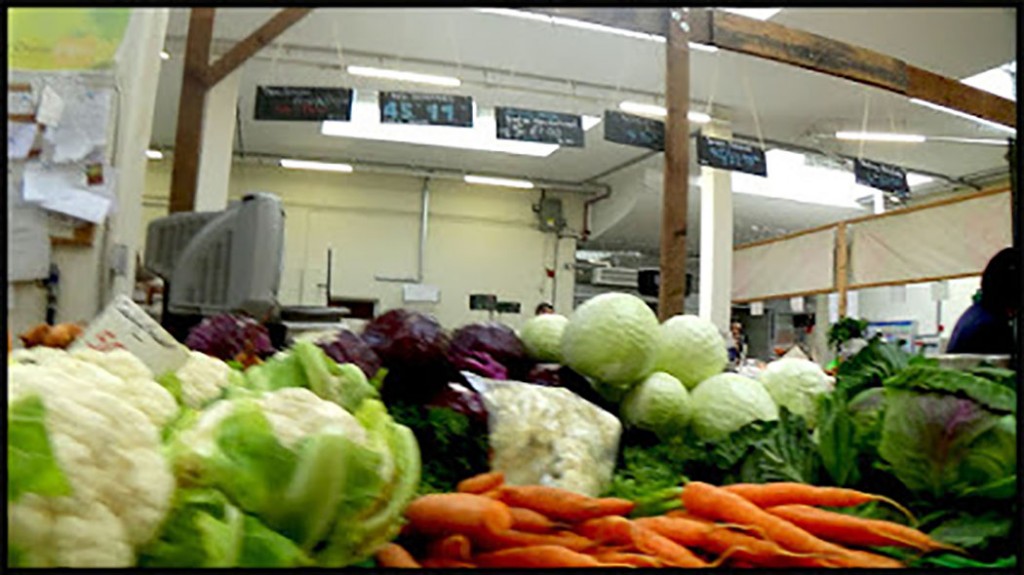
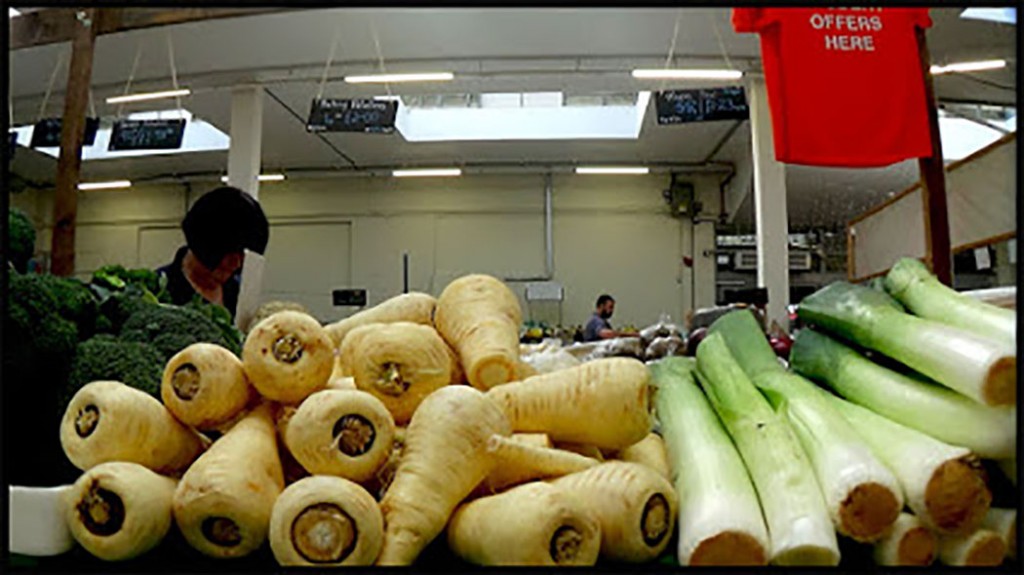
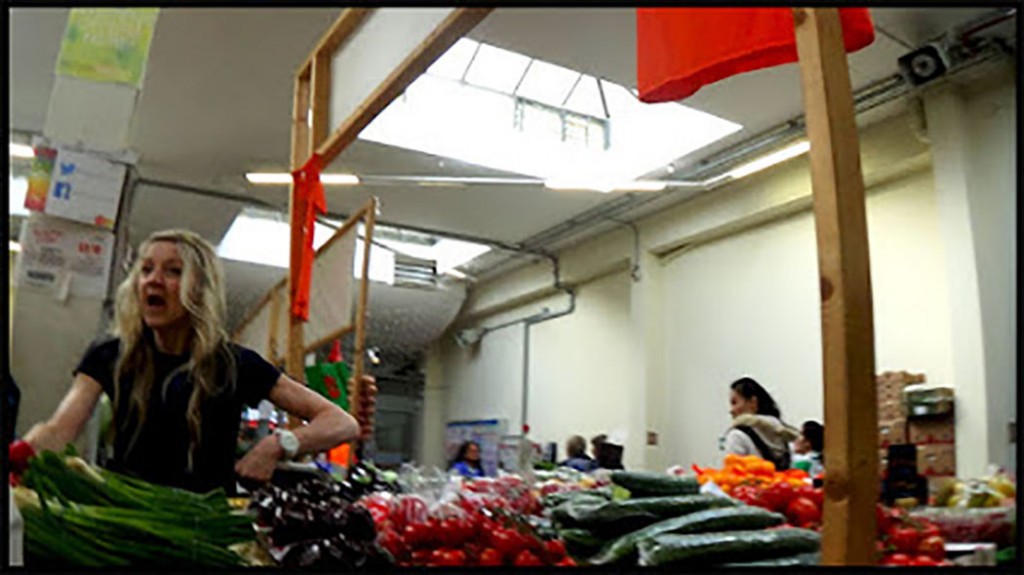
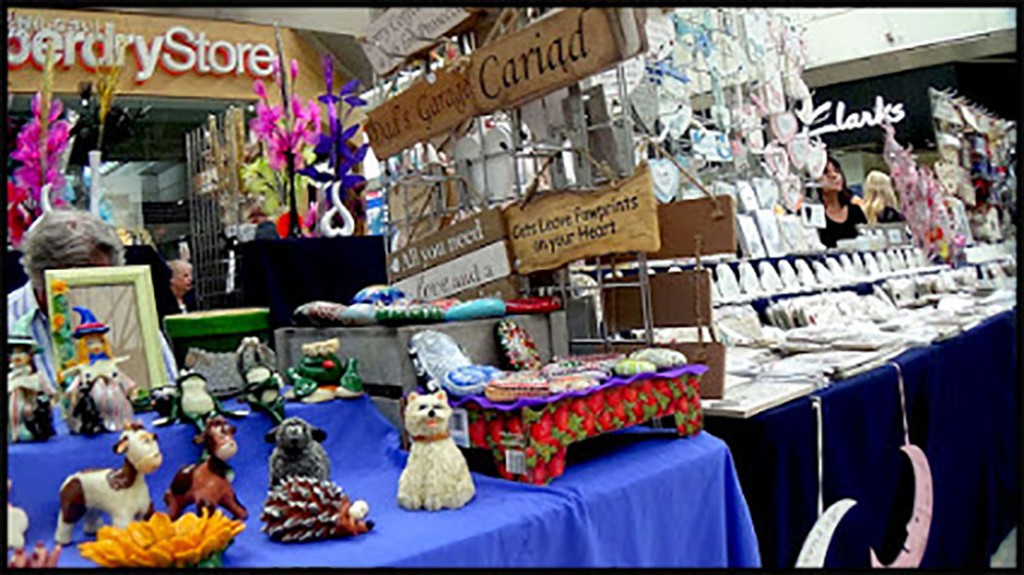
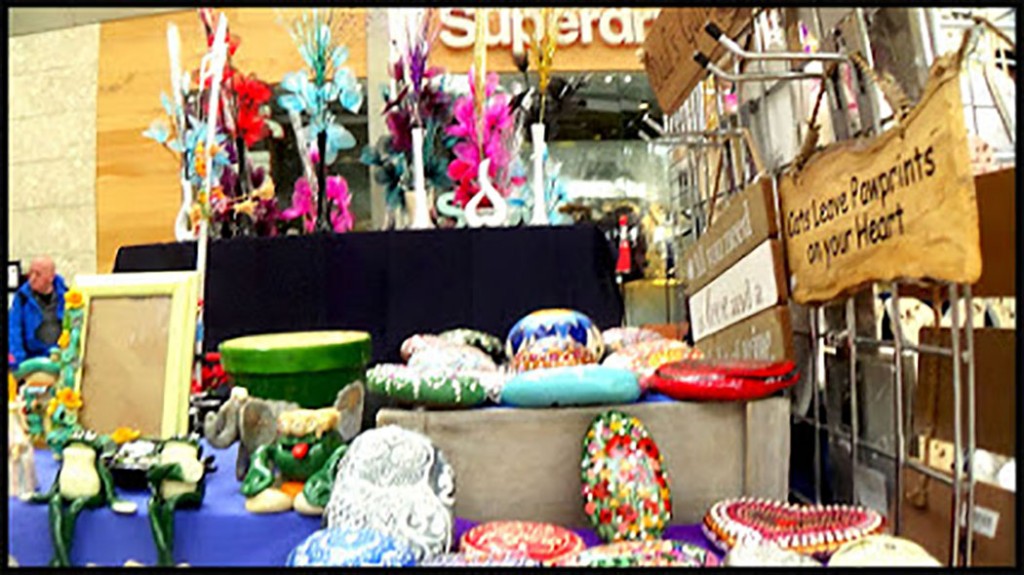
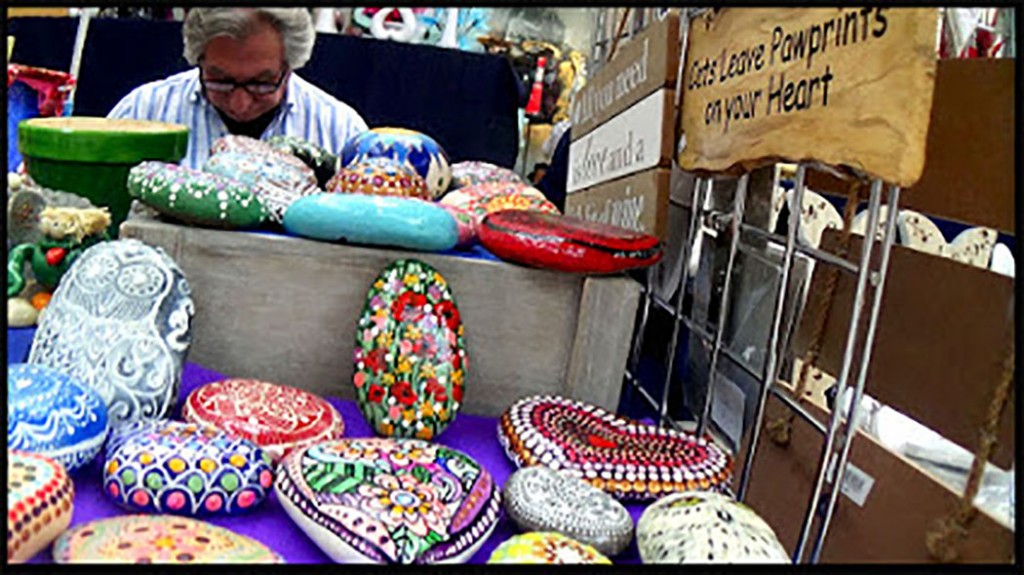
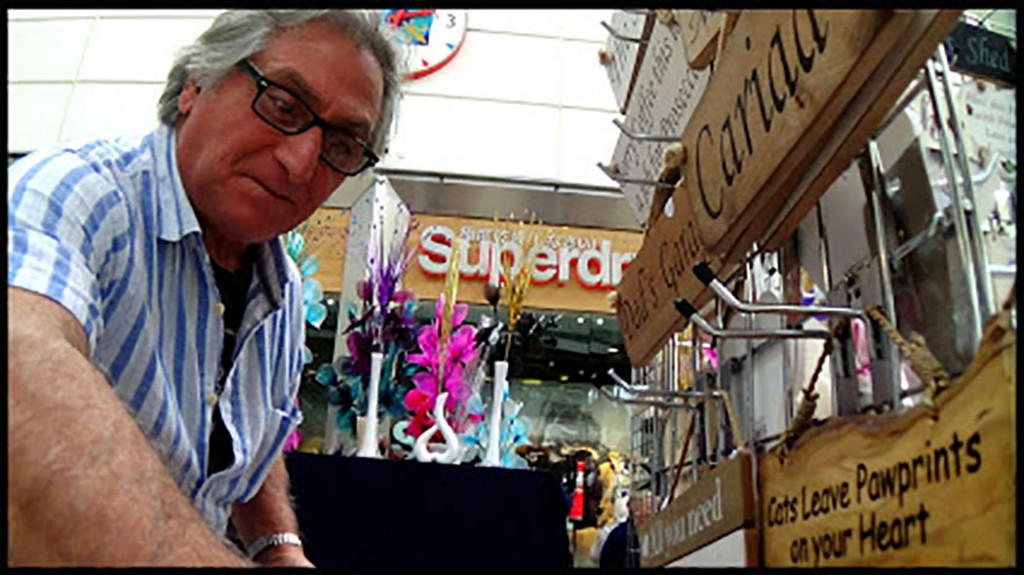
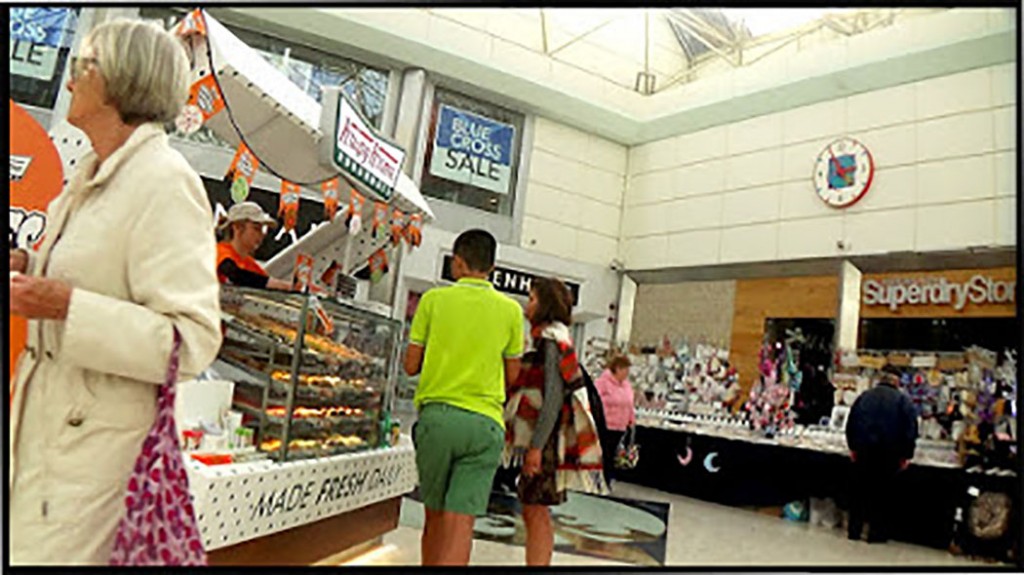
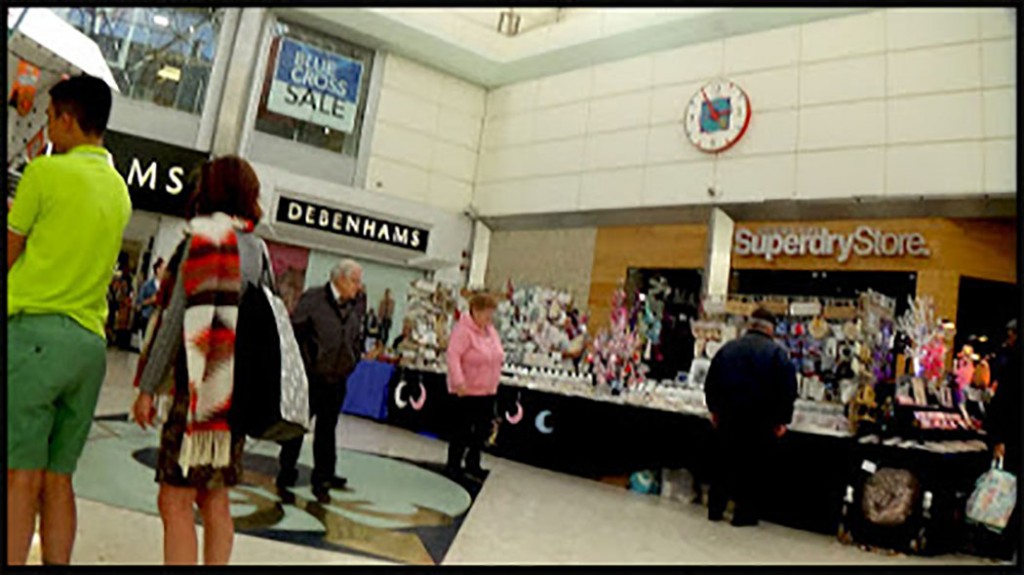
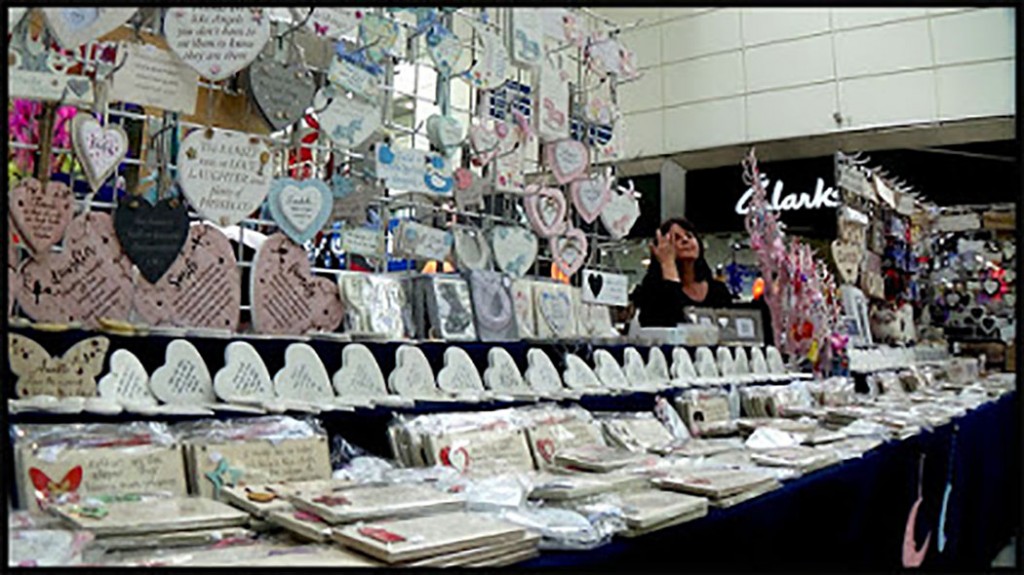
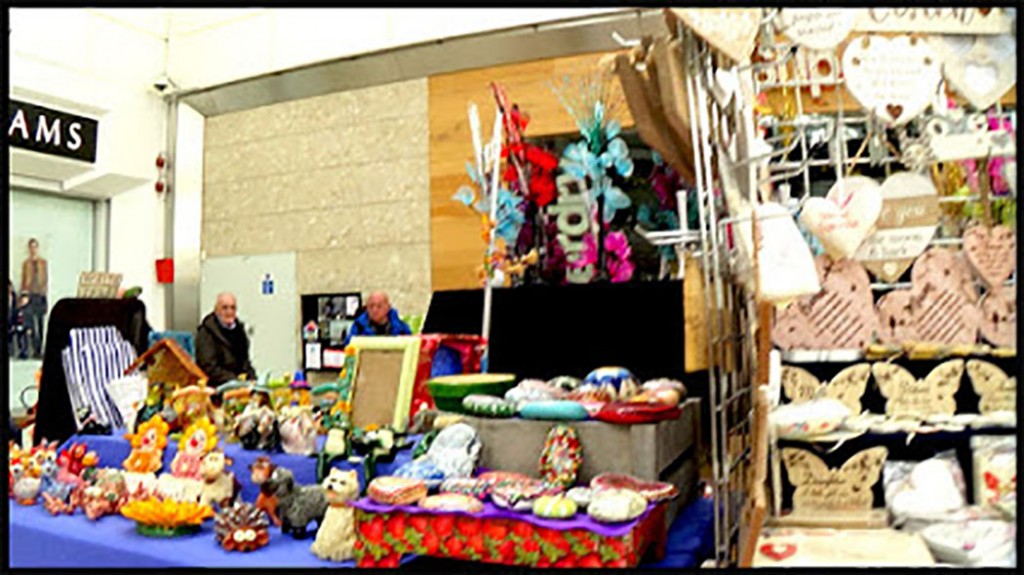
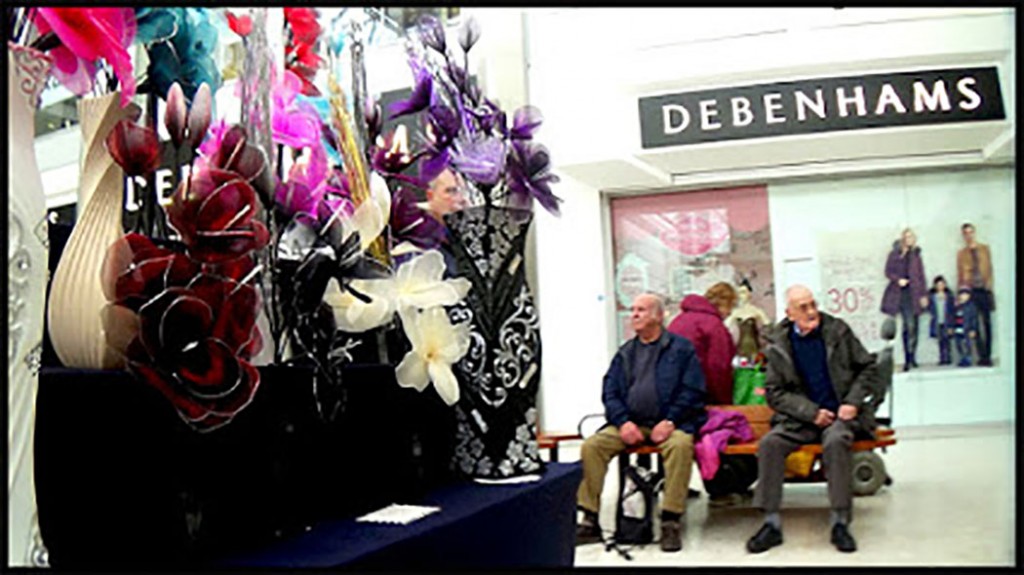

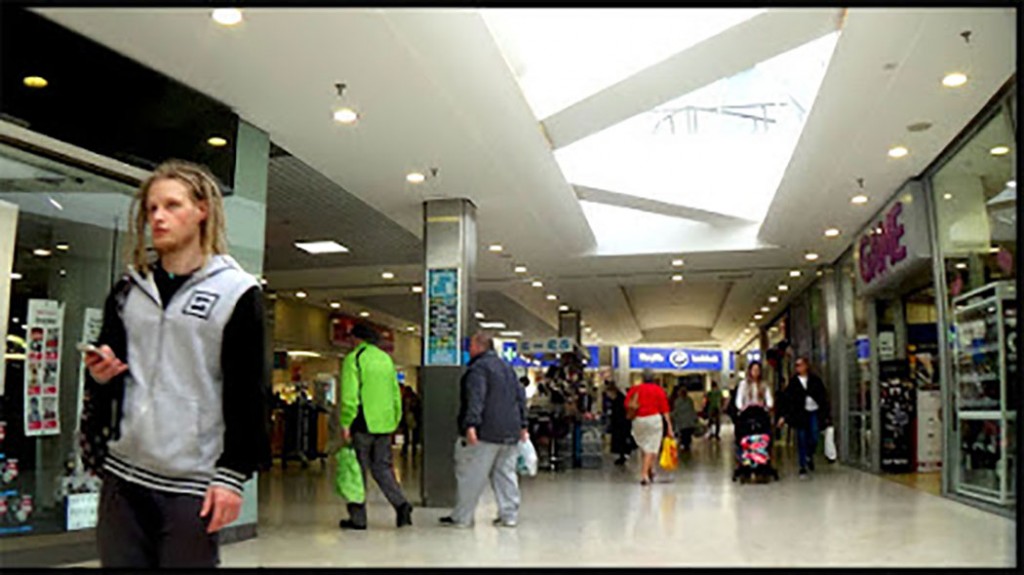
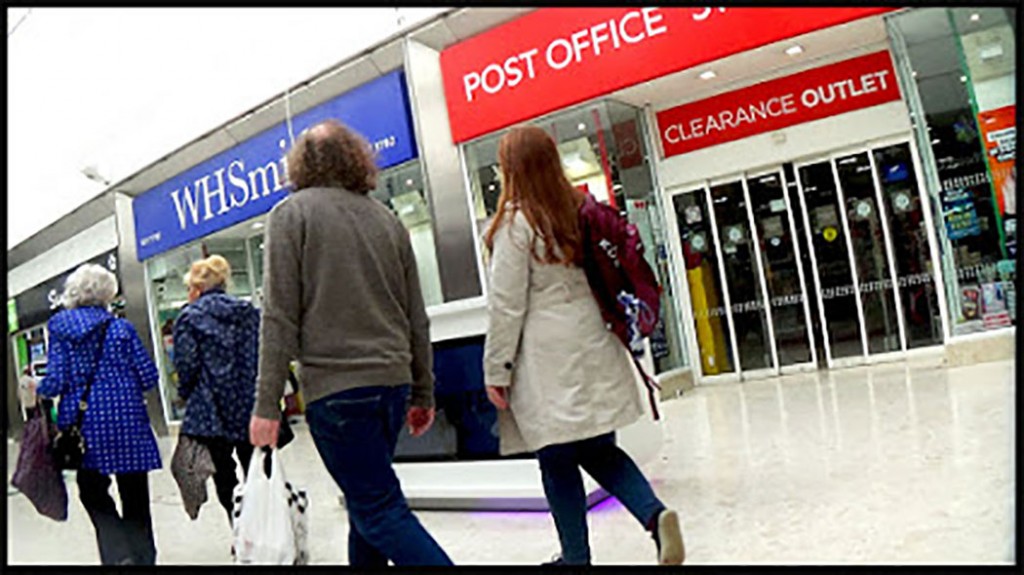
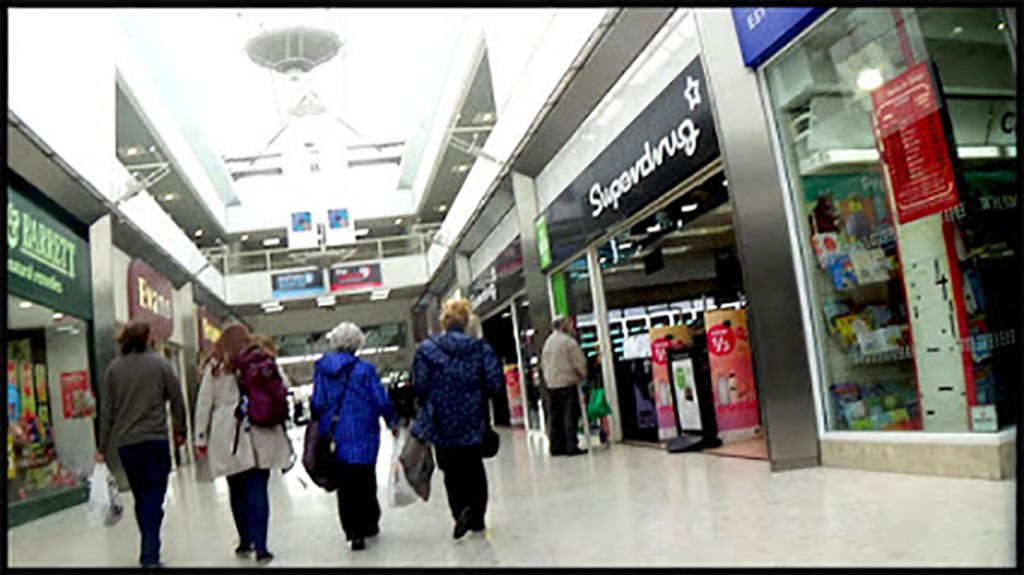
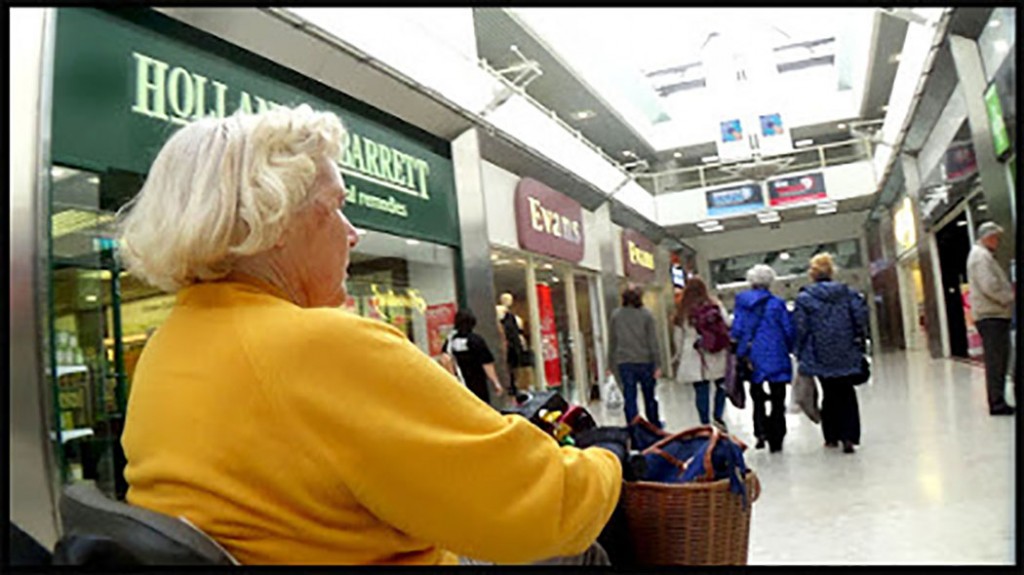
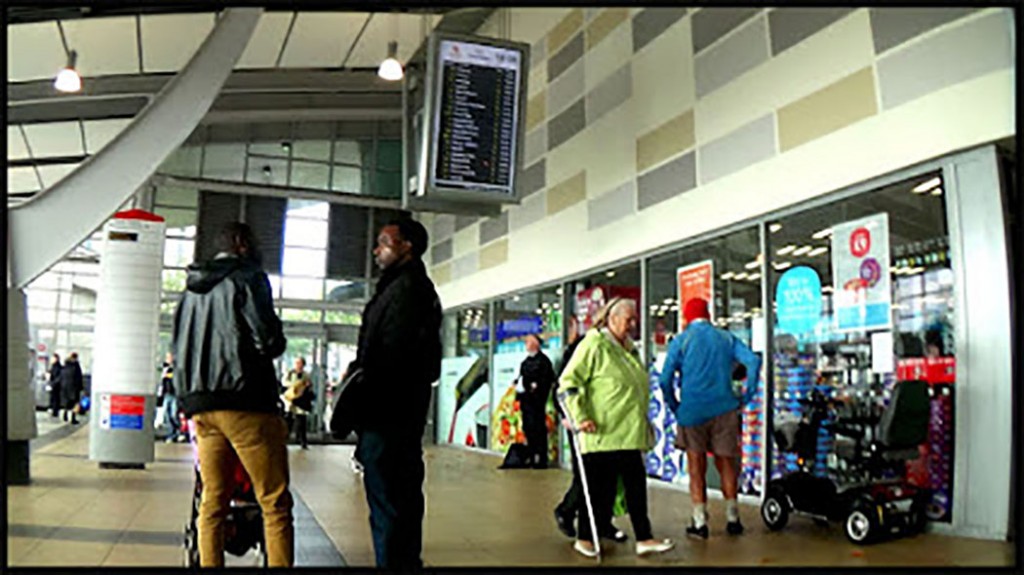
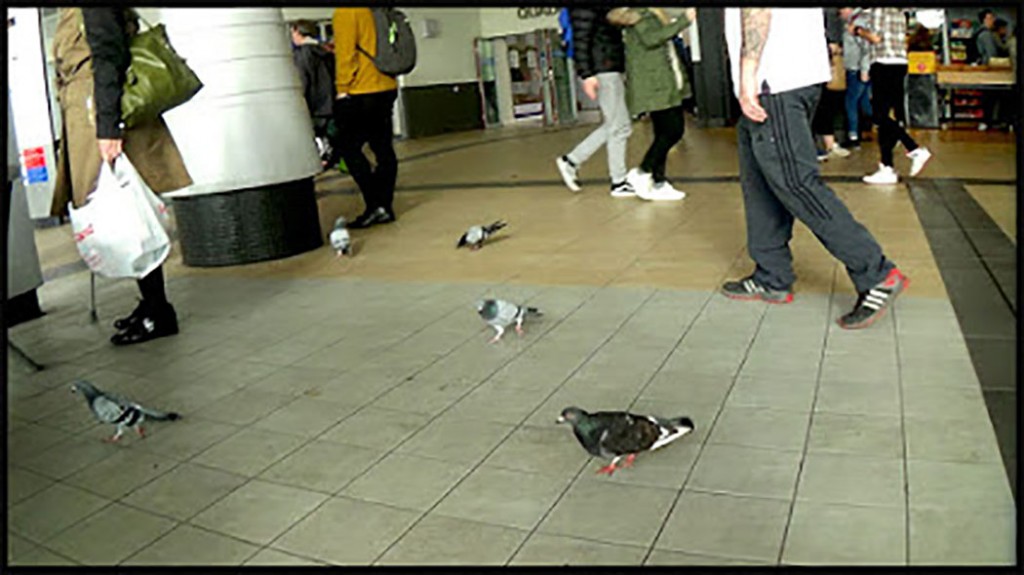

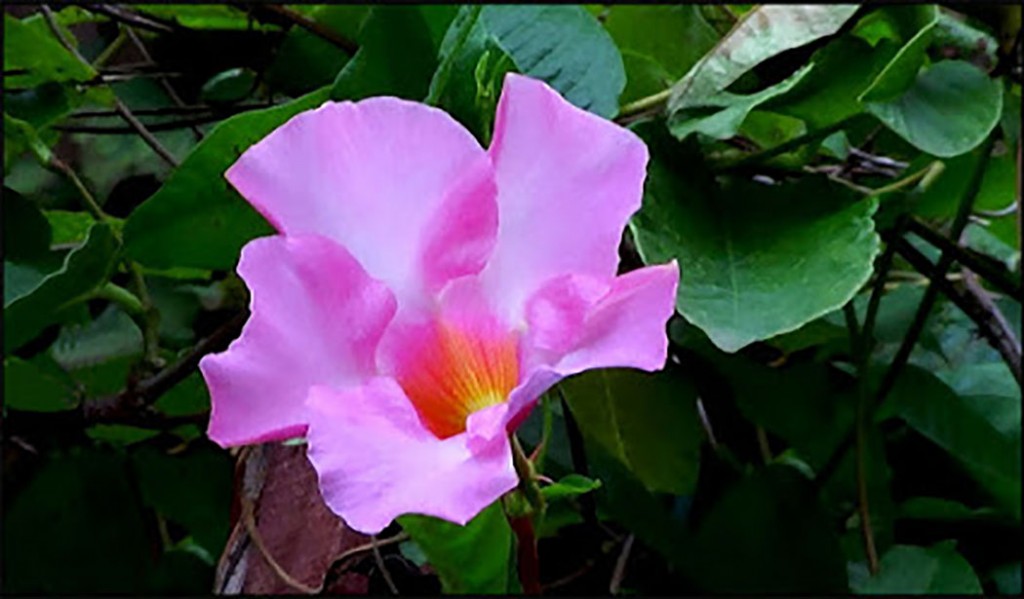
Leave a Reply